Perhaps the most commonly repeated mantra of the Communications department at UFV is that we need to “celebrate our successes,” but that’s a relatively new refrain. In the past, our department would often reach milestones or make significant accomplishments in relative quiet, representing missed opportunities to show how we were using new and innovative teaching practices or making major contributions to the broader institution. When asked to report about our activities, we made but passing mention of these achievements. Today, the department is putting a greater emphasis on celebrating those achievements and showcasing the work we’re doing. That shift in behaviour is largely the result of the leadership of our department head, Samantha Pattridge, who will be UFV’s first recipient of its Inspirational Leadership Award.
According to UFV’s award criteria, nominees for this award model the highest standards of professionalism and integrity, lead by example and through encouragement and inspiration for the benefit of others, promote respect and fairness, facilitate dialogue and collaboration, energize those working with them, champion the work of others above their own, and demonstrate genuine care and support for the career and personal development of others. The person or group who wrote these criteria set the bar high, making the award all the more important and meaningful for the recipients.
In nominating Samantha, I felt that I was living the creed that she so encourages: celebrating success; Samantha’s leadership is most definitely a success story worth celebrating.
When Samantha became chair of the department, she made a point of reaching out to me, a sessional instructor with little meaningful connection to the department, and she invited me out for coffee. More than just a perfunctory introduction, Samantha looked to understand my teaching interests and where I could positively contribute at UFV. As time went on, she encouraged me to teach more courses, sit on committees, and participate in special teaching projects outside of the department; I’m even going to be teaching at our Chandigarh campus in India in the fall. This kind of inclusion, respect, and encouragement is truly admirable; Samantha’s leadership shows that promoting a positive culture results in positive outcomes.
In a supporting letter of nomination, colleague Linda Pardy wrote “Samantha is an advocate for students and faculty. She is a superlative instructor and takes a leadership role in sharing her expertise. She is always working hard and committed to making her department, the student experience, and UFV better…. She also demonstrates leadership by encouraging faculty to challenge themselves and to continuously learn and try new teaching and learning strategies.”
One of our former Communications department heads, Lynn Kirkland Harvey, was quick to point out examples of how Samantha had encouraged and motivated members of the department by delegating leadership roles, such as chairing the curriculum committee, and encouraging innovative new ideas, such as bringing a major keynote speaker, Terry O’Reilly, to UFV as an unique learning opportunity both for students and the community-at-large.
New to the Communications department, Kim Norman wrote that “In interacting with Samantha, and watching her skillful, sincere, and respectful interactions with others, I have learned she consistently models excellent leadership…. She’s an excellent listener, model collaborator, and impressively savvy when it comes to her departmental and institutional knowledge, the latter a sign of her contagious passion for her work and deep commitment to her workplace. I’ve been impressed, too, with Samantha’s ability to balance her responsibilities as department head and many other institutional commitments with her teaching and scholarship. As a role model for how to lead a balanced, productive, and meaningful professional life, Samantha is impressive and inspiring.”
The purpose of this blog post is simple: to live the mantra “celebrate our successes.” In winning UFV’s Inspirational Leadership Award, we celebrate Samantha’s success as a valued colleague at UFV.
Congratulations, Samantha, on winning this well-deserved award.


 Guest blog by
Guest blog by 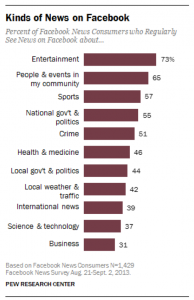
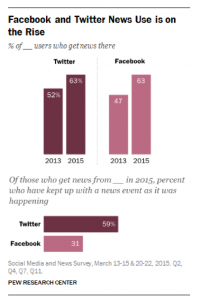
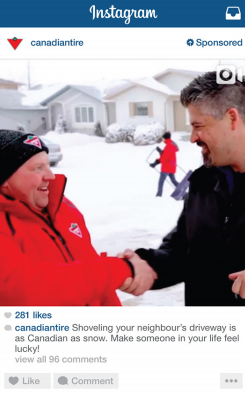



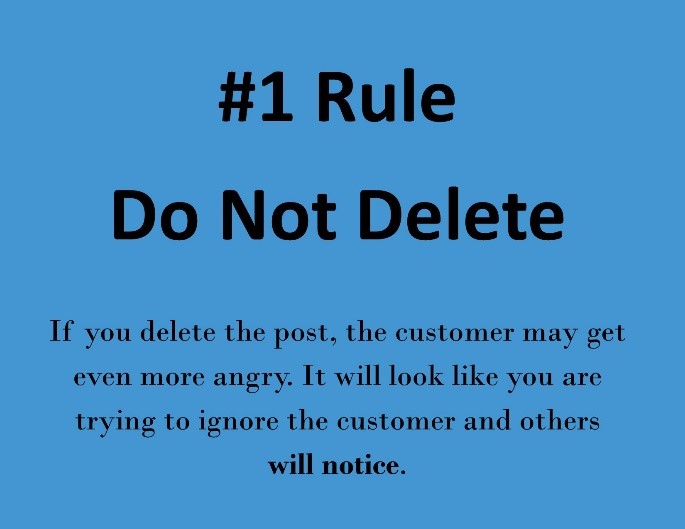





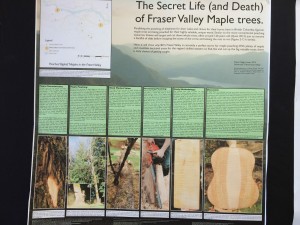

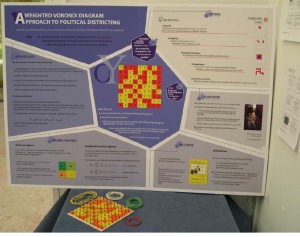
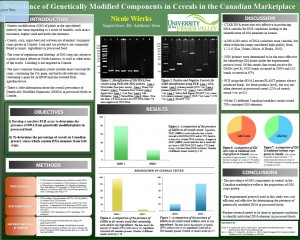

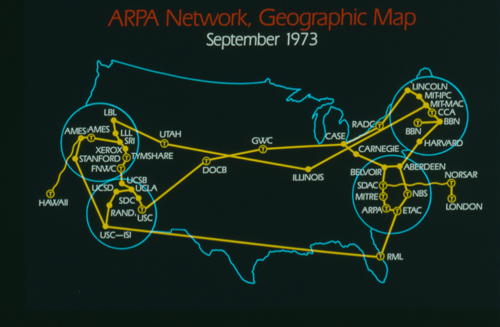
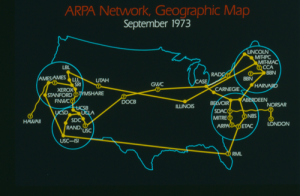
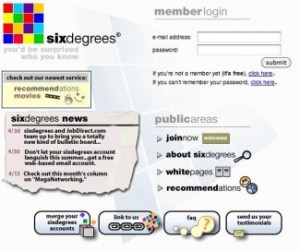
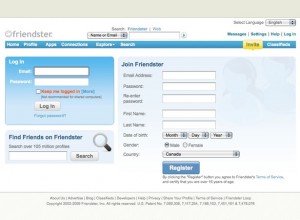

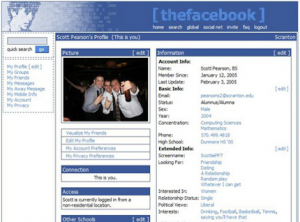



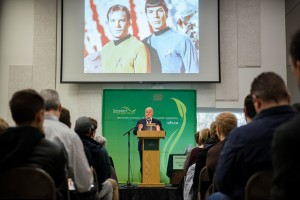
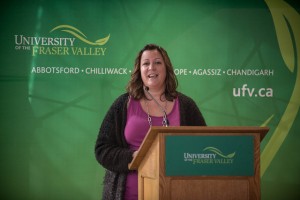









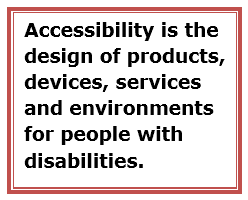

 Overall Tips
Overall Tips